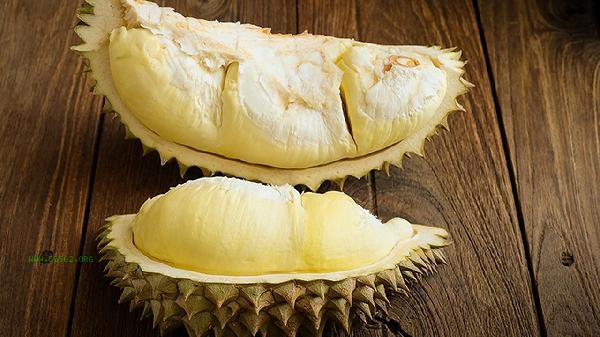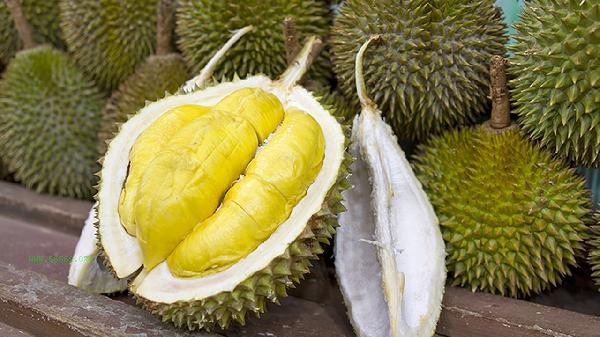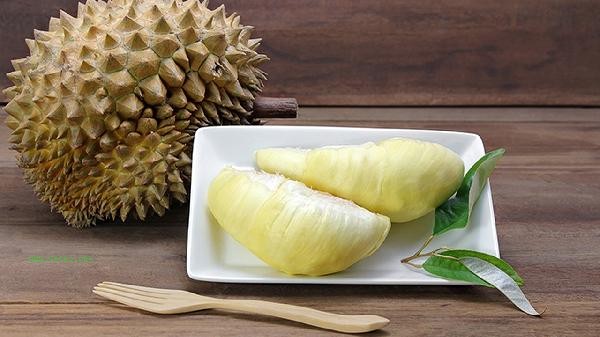The high price of durian is mainly related to factors such as high planting costs, large transportation losses, and limited seasonal supply.

1. High planting cost
Durian trees have a long growth cycle, usually taking 5-8 years to bear fruit, during which a large amount of manpower is required for refined management. Durian trees have strict requirements for soil and climate conditions, with limited suitable planting areas. High quality varieties require specific environments to produce high-quality fruits. Durian requires manual pollination and bagging protection, and manual climbing is required during harvesting, all of which increase planting costs.
2. High transportation losses
Durian fruits have a large volume and heavy weight, requiring special packaging to prevent collisions during transportation. Mature durians are prone to cracking and spoilage, and long-distance transportation requires cold chain equipment to maintain low temperatures, which increases logistics costs. Some countries require strict quarantine procedures for imported durian, and the clearance time and cost will also increase the final selling price.
3. Seasonal Supply
Durian is a seasonal fruit that is only concentrated in specific months of the year, resulting in a significant reduction in non seasonal supply. Weather changes can affect flowering and fruiting, abnormal weather conditions may lead to reduced production, and price fluctuations are significant when supply and demand are imbalanced. When the production of some high-quality varieties is scarce and supply exceeds demand, prices will further rise.

4. Difficulty of manual picking
Durian trees are usually as high as 20-40 meters, and picking workers require professional skills and protective equipment. Each durian weighs 2-5 kilograms and falling from a height may cause injury, requiring teamwork to complete the harvesting work. After harvesting, immediate processing is required to prevent the fruit from cracking and spoiling, all of which require additional labor costs.
5. Strong market demand
Durian consumption demand continues to grow in Southeast Asia, with imports from emerging markets such as China increasing year by year. The development of internet famous food and durian derivatives has expanded the consumption scene, further stimulating market demand. Some consumers are willing to pay a premium for special varieties and brands, which has also driven up the price of high-end durians. Although durian is relatively expensive, moderate consumption still has nutritional advantages. Durian is rich in carbohydrates, dietary fiber, and potassium, which can quickly replenish energy for the human body. When making a purchase, pay attention to the place of origin and maturity, and avoid buying cracked or overripe fruits. When storing, be careful to isolate from other foods to prevent cross contamination. People who are allergic to durian should try carefully, and those with diabetes who need to control their weight should pay attention to their intake. Reasonable combination with other fruits can achieve a more balanced nutritional intake.









Comments (0)
Leave a Comment
No comments yet
Be the first to share your thoughts!